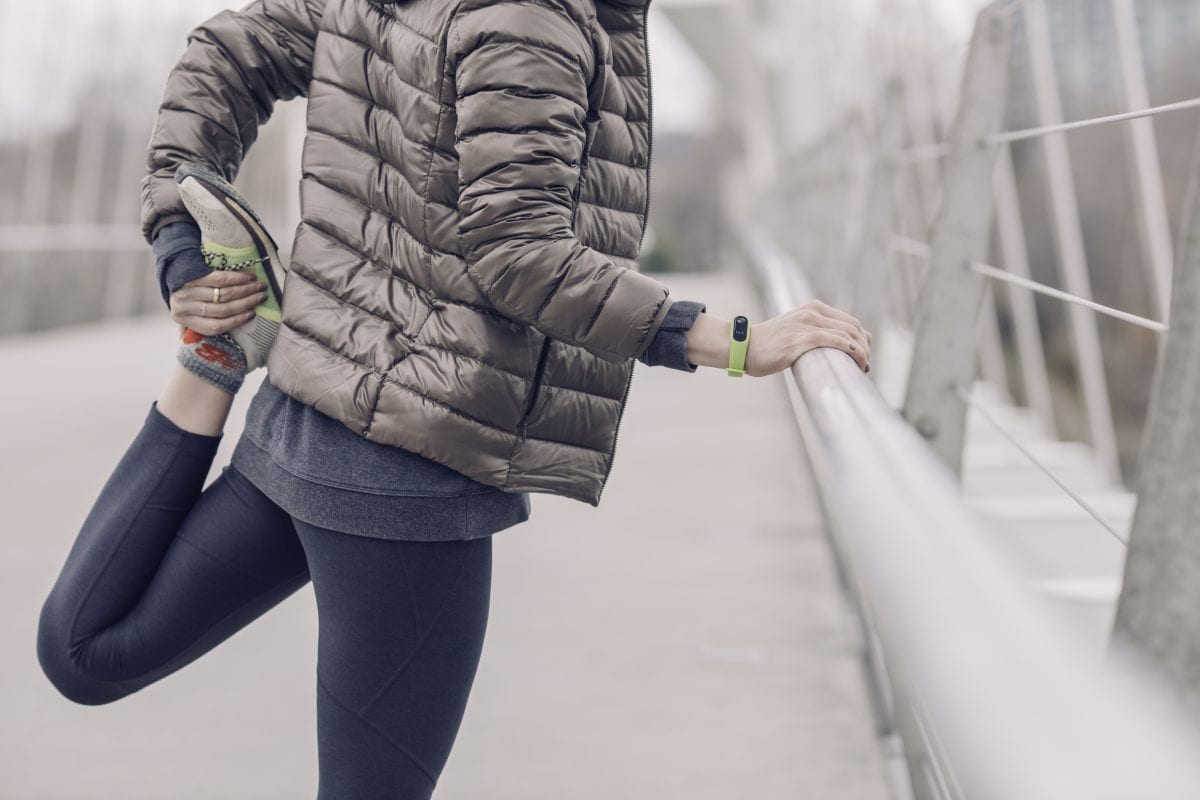Despite our mild temperatures in September and October this year, Winter will be here soon. With the changes that we have made to our lives over the last 2+ years, many of us are spending more time outside for exercise even colder months. Winter weather requires a little more effort to prepare for outdoor exercise as many of us have come to realize. Our bodies have to work harder in the cold. Exercising in colder temperatures boosts the effect of endorphins or the “feel good” hormones for your body because the body is working harder and producing more of these hormones. Outdoor exposure to nature light is also a known depression fighter. Both of these factors can help fight seasonal affective disorder and depression brought on by shorter days and reduced daylight in the winter season.
Whether you are walking, hiking, running, snowshoeing, or skiing, winter workouts are a way to keep our bodies moving during a time of year when we tend to be more sedentary. All we need is a plan. Here are some guidelines for healthy outdoor activity in cooler weather so that you can avoid injury and feel your best:
1. Warm Up: Warm up with light walking, jogging, or dynamic stretching in the house for few minutes before going to work out. Once you are outside, give yourself some short, 30-second breaks during the first 10 minutes of exercise to allow your body to adjust to the cold.
2. Cool Down but Don’t Stay Out Too Long: Cool down for no longer than 3-4 minutes outside. Once the cool down is complete, go inside, remove some layers and stretch for a few minutes before jumping in the shower.
3. Know Your Surroundings: When you map out your route, keep in mind the conditions and the amount of traffic on the roads/trails. There may be fewer people out due to the cool weather. Choose a safe route that you know is treated if the weather has been wet or snowy.
4. Warm the Air that You Breathe: Use a neck warmer or scarf to put around your nose and mouth to help warm/moisturize the air to make it less harsh on your lungs. We have had practice with this wearing masks but the breathability of the scarf may be easier than wearing a mask.
5. Drink Up: Staying hydrated in the cold weather is just as important as the warm weather—often just don’t realize that we are sweating when exercising. Remember the H2O!
6. Be Flexible: Exercising in the winter might mean changing the time of the day that you are used to working out The warmer temps and safer conditions during daylight hours might be worth the modification to your schedule and help you avoid injury.
Though many of us are not strangers to fall and winter outdoor activity, these are still some good points to consider as we revisit exercise in changing temperatures.
Written by Stephanie Muntzer MPT, CPI
















